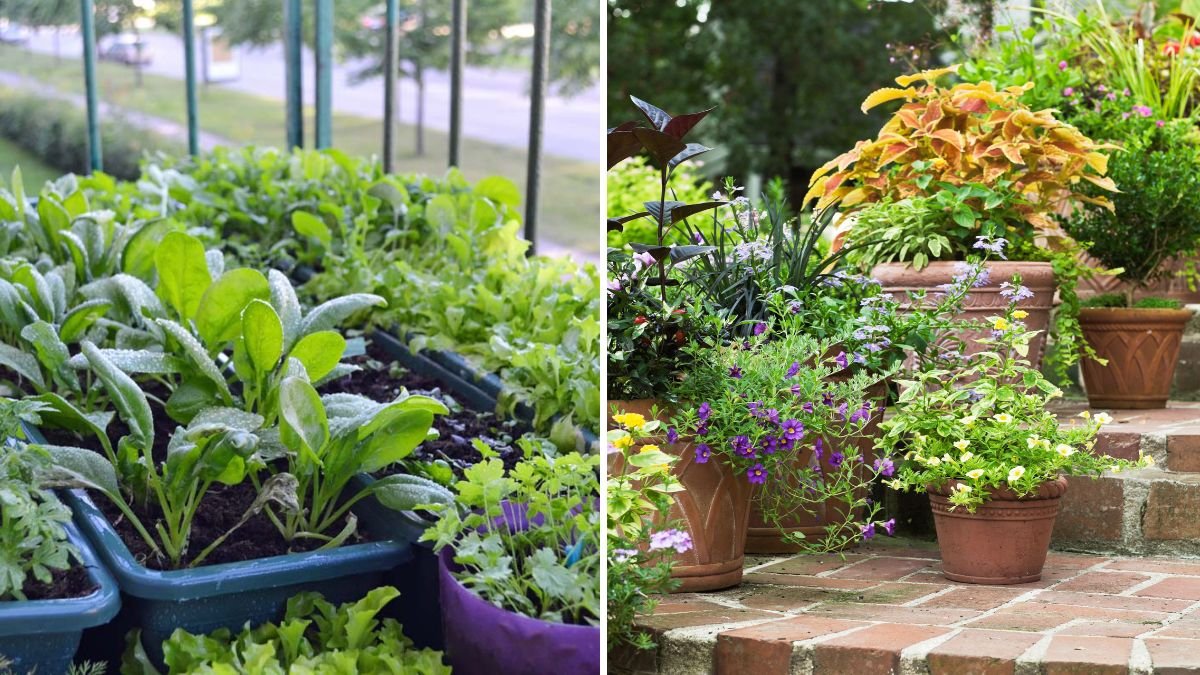Container gardening is a popular way to bring greenery into small spaces, patios, balconies, and urban gardens. It allows gardeners to control soil, sunlight, and water conditions while adding versatility and charm to any area. However, not all plants thrive in containers. Some species are naturally large, require deep or expansive root systems, or have specific soil and moisture needs that containers cannot adequately provide. Attempting to grow unsuitable plants in pots often leads to poor growth, stress, disease, and frustration. This article explores seven plants you should avoid growing in containers, why they struggle in limited spaces, and alternative planting strategies to ensure success.
Understanding Container Gardening Limitations
Before discussing specific plants, it’s essential to understand the inherent constraints of container gardening:
- Limited Root Space: Containers restrict root expansion, which affects nutrient uptake and plant stability.
- Watering Challenges: Containers dry out faster than ground soil, requiring frequent attention.
- Nutrient Depletion: Plants in pots rely entirely on the soil mix and fertilizer provided, which can be quickly exhausted.
- Temperature Fluctuations: Containers are more susceptible to extreme heat and cold, which can stress sensitive plants.
These factors mean that plants with large or deep root systems, high water demands, or specific soil requirements may struggle in containers.
Plant 1: Large Trees (e.g., Oak, Maple, Pine)
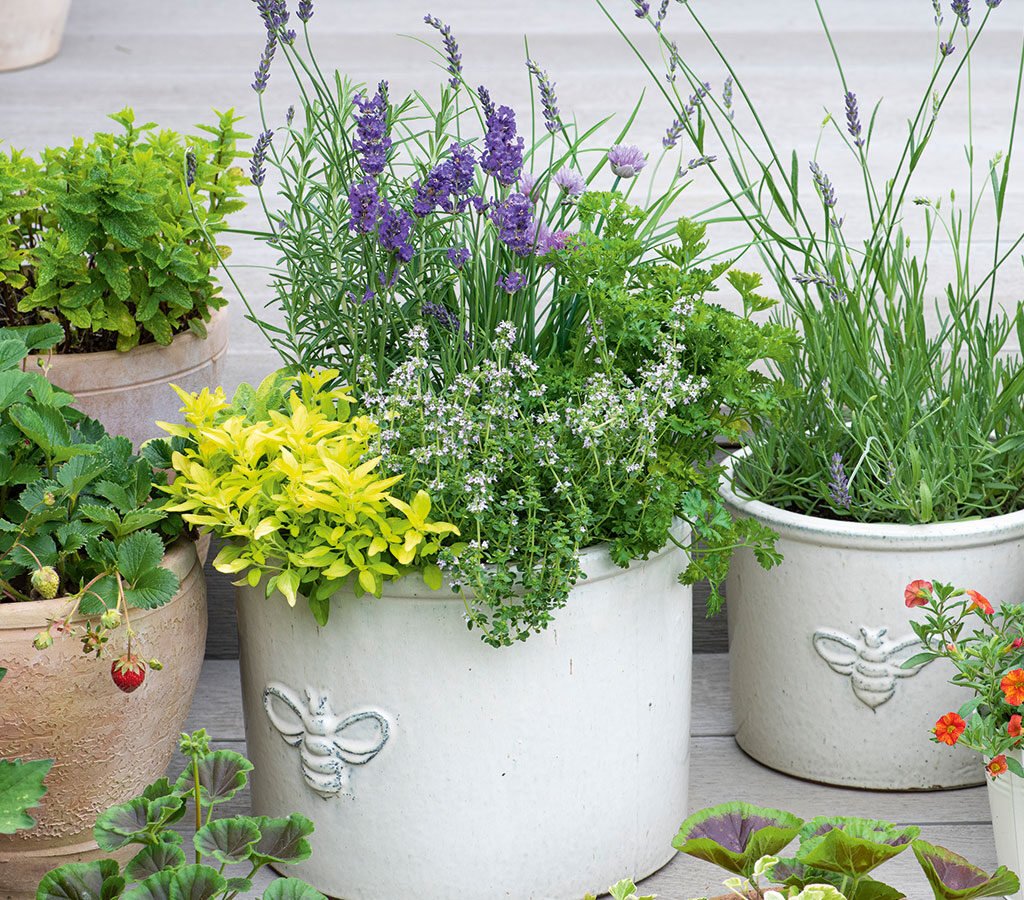
Large trees are ill-suited for container growth due to their size, root depth, and structural needs.
Why They Struggle:
- Root Confinement: Tree roots require extensive underground space to anchor and absorb nutrients.
- Stability Issues: Tall trees in small pots are prone to tipping or wind damage.
- Growth Limitation: Restricted roots limit canopy size, reducing overall health and vigor.
Alternative Strategy:
- Plant large trees directly in the ground.
- For container use, choose dwarf or patio tree varieties specifically bred for limited root spaces, such as dwarf citrus or Japanese maple cultivars.
Plant 2: Bamboo (Phyllostachys spp. and others)
Bamboo is fast-growing, aggressive, and difficult to contain in confined spaces.
Why It Struggles:
- Rapid Growth: Bamboo roots (rhizomes) spread aggressively, quickly outgrowing containers.
- Root Crowding: In pots, bamboo can become root-bound, stunted, or die back unexpectedly.
- Maintenance Nightmare: Frequent repotting is required to prevent root overgrowth.
Alternative Strategy:
- Plant bamboo in the ground with barriers to control spread.
- If container-grown bamboo is desired, select clumping varieties (Fargesia spp.) and provide large, deep containers with consistent care.
Plant 3: Pumpkins and Large Squash (Cucurbita spp.)
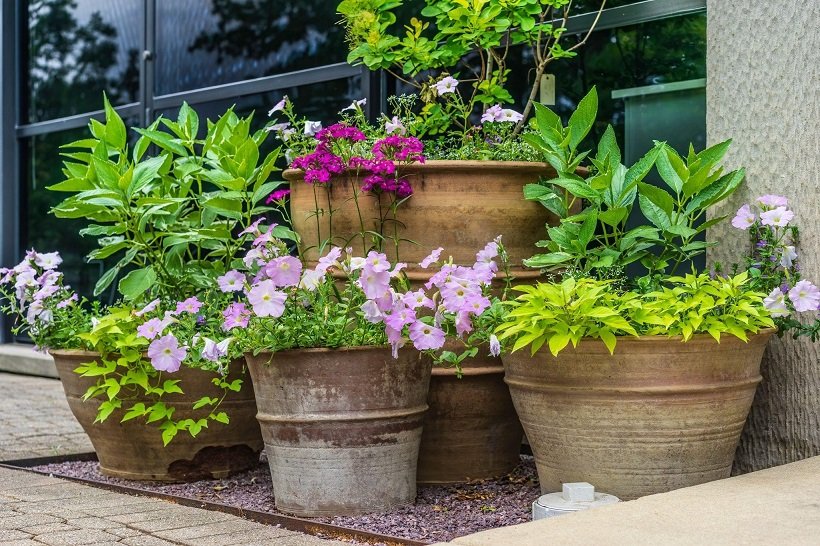
Pumpkins, large squash, and other vining gourds are not ideal for pots.
Why They Struggle:
- Expansive Root Systems: These plants require substantial soil volume for nutrient uptake.
- Heavy Fruit Production: Large fruits add weight, which can destabilize containers.
- High Water Needs: Insufficient moisture can stress the plant and reduce fruit quality.
Alternative Strategy:
- Grow pumpkins in garden beds or raised beds for adequate space and support.
- For containers, select dwarf or bush varieties of squash designed for pot cultivation.
Plant 4: Corn (Zea mays)
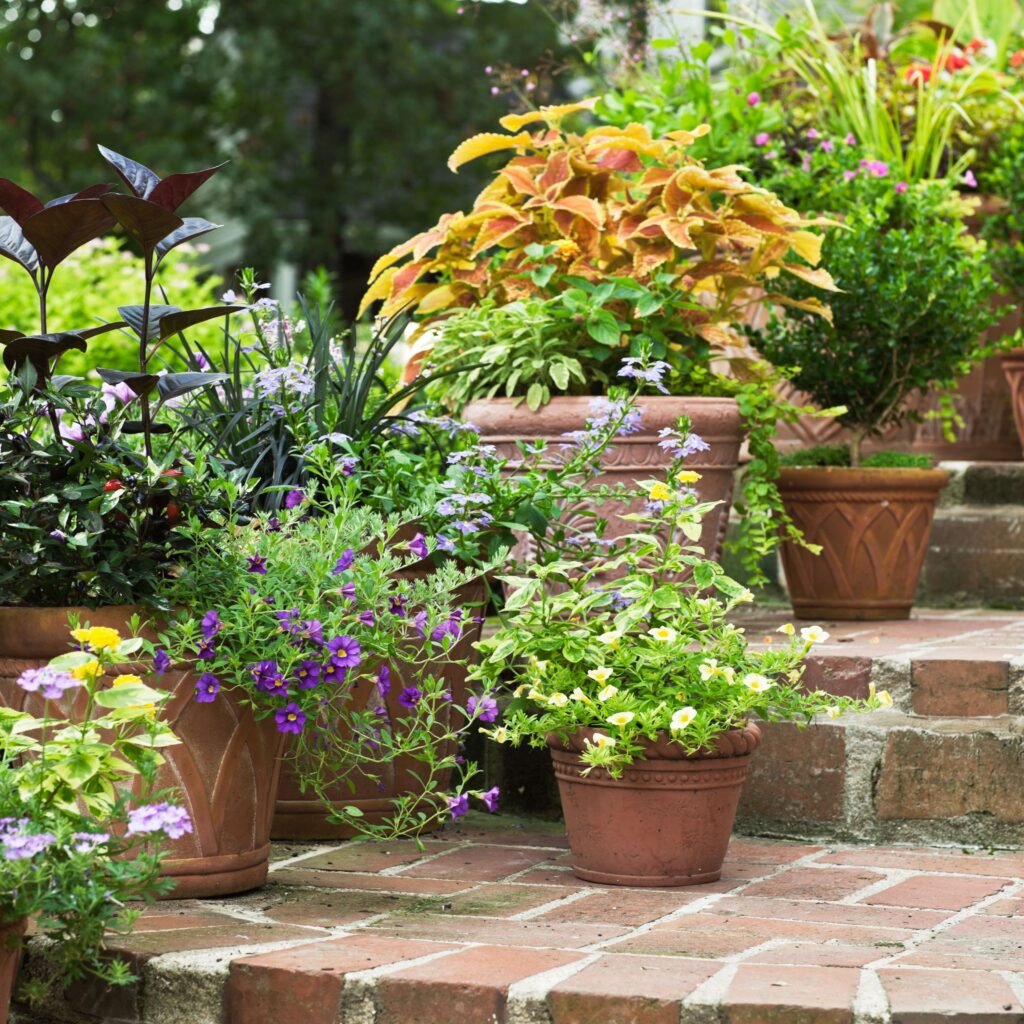
Corn is a tall, fast-growing cereal that demands full sunlight, deep soil, and constant moisture.
Why It Struggles:
- Shallow Containers Limit Growth: Restricted roots stunt tall, robust stalk development.
- Pollination Issues: Corn is wind-pollinated, and isolated container plants may not pollinate effectively.
- Nutrient Demands: Corn is a heavy feeder, often requiring more nutrients than container soil can provide.
Alternative Strategy:
- Grow corn in garden rows with adequate spacing and sun exposure.
- Container gardening is better suited for smaller vegetables or dwarf corn varieties if space is extremely limited.
Plant 5: Rhubarb (Rheum rhabarbarum)
Rhubarb produces large leaves and requires extensive root space to thrive.
Why It Struggles:
- Bulky Root System: The thick, fleshy crowns need deep soil to grow properly.
- Long-Term Growth: Rhubarb is perennial and can live for decades; containers restrict longevity.
- Soil Moisture Sensitivity: Rhubarb requires consistent moisture that can be difficult to maintain in pots.
Alternative Strategy:
- Plant rhubarb in garden beds or raised beds with rich, well-draining soil.
- Containers are only feasible for very young plants with frequent maintenance and large deep pots.
Plant 6: Large Ornamental Grasses (e.g., Miscanthus, Pampas Grass)
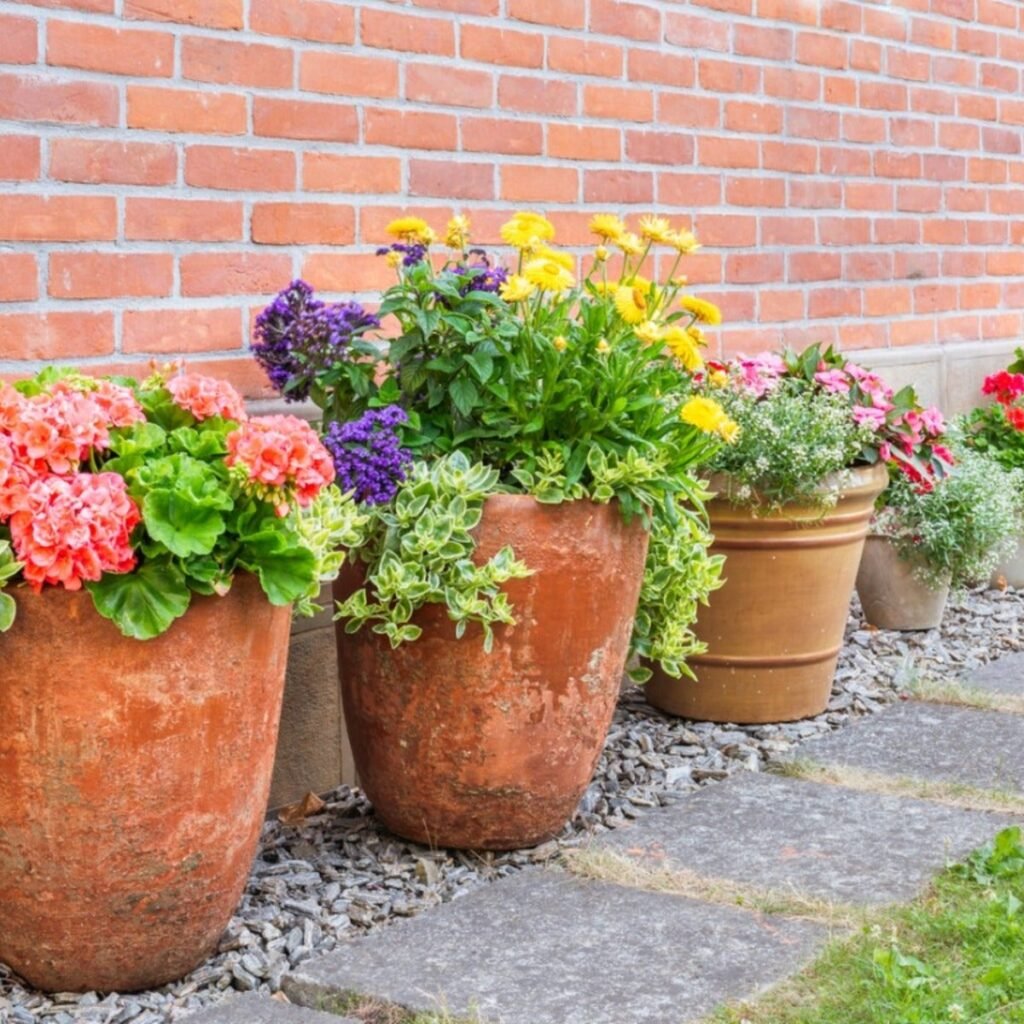
Tall ornamental grasses add texture and movement to gardens but struggle in confined root spaces.
Why They Struggle:
- Expansive Root Mass: Mature grasses develop dense root clumps that container soil cannot accommodate.
- Top-Heavy Growth: Tall plumes or foliage make the plant unstable in shallow containers.
- Reduced Aesthetic Appeal: Inadequate soil and nutrients result in smaller, less impressive plants.
Alternative Strategy:
- Plant in garden borders, beds, or large outdoor planters designed to handle mature sizes.
- For container gardening, select dwarf or clumping ornamental grass varieties.
Plant 7: Large Fruit Trees (e.g., Apple, Pear, Peach)
While dwarf fruit trees can thrive in containers, standard-sized fruit trees are unsuitable.
Why They Struggle:
- Root Restriction: Deep, spreading roots are essential for water and nutrient uptake.
- Fruit Stress: Producing heavy fruit in a container can overwhelm the root system.
- Long-Term Viability: Trees may live only a few years in a pot before declining.
Alternative Strategy:
- Use dwarf, patio, or columnar fruit tree varieties specifically bred for container growth.
- Ensure large pots, regular fertilization, and careful watering for long-term success.
General Guidelines for Container Gardening Success
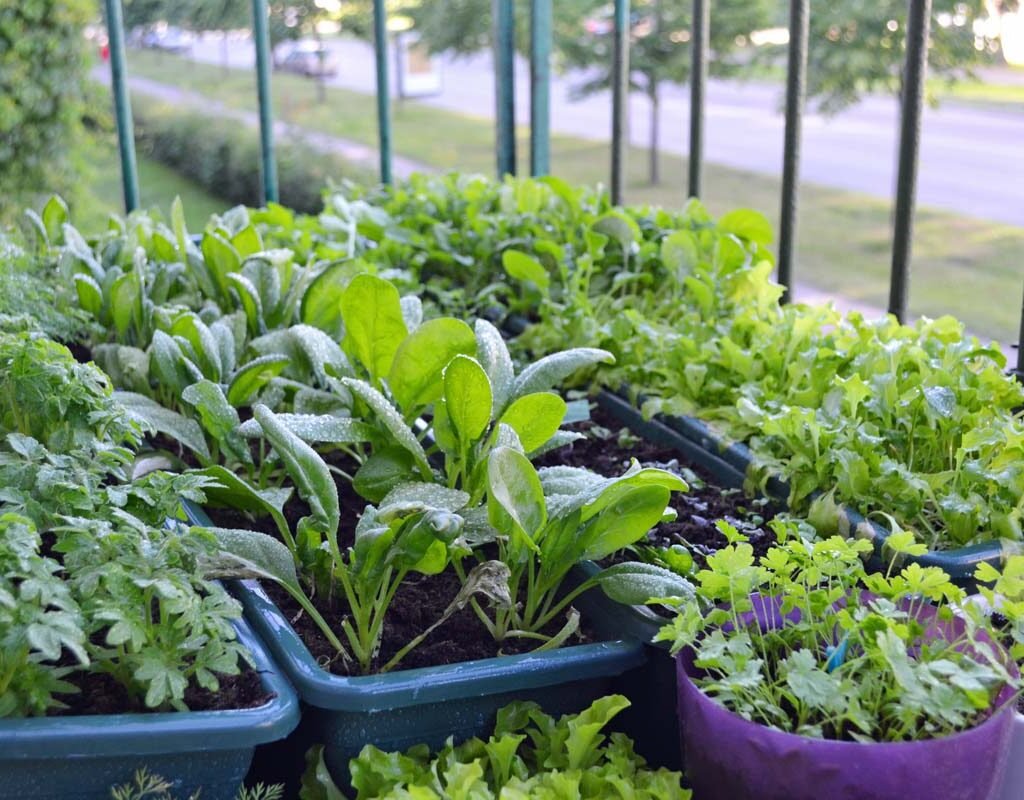
To prevent disappointment in container gardening, consider the following principles:
- Choose Size-Appropriate Plants: Small shrubs, dwarf trees, herbs, and compact vegetables thrive in pots.
- Use Large Containers When Needed: Some medium-sized plants require bigger pots to develop properly.
- Provide High-Quality Soil: Use a well-draining potting mix rich in organic matter.
- Fertilize Regularly: Container plants rely entirely on supplied nutrients; slow-release or liquid fertilizers are essential.
- Ensure Proper Drainage: Pots should have adequate drainage holes to prevent root rot.
- Monitor Watering: Containers dry faster than ground soil, so check moisture frequently, especially during hot weather.
- Repot When Necessary: Avoid overcrowding by moving plants to larger pots or refreshing soil every 1–2 years.
By following these guidelines, gardeners can enjoy thriving container plants without the frustration of stunted growth or failure.
Conclusion
Container gardening offers incredible flexibility and beauty for small spaces, but success depends on plant selection. Large trees, bamboo, pumpkins, corn, rhubarb, large ornamental grasses, and standard fruit trees are generally poor choices for container growth due to their size, root requirements, and specific environmental needs. Attempting to grow these plants in pots often leads to weak growth, poor blooms, root stress, and ultimately, plant failure.
Instead, select plants that naturally thrive in confined spaces, provide adequate soil, sunlight, and water, and consider dwarf or container-adapted varieties for larger species. Understanding which plants are unsuitable for pots and choosing alternatives ensures a productive, attractive, and low-maintenance container garden. With proper planning and plant selection, gardeners can enjoy lush foliage, vibrant blooms, and bountiful harvests from containers year after year.
